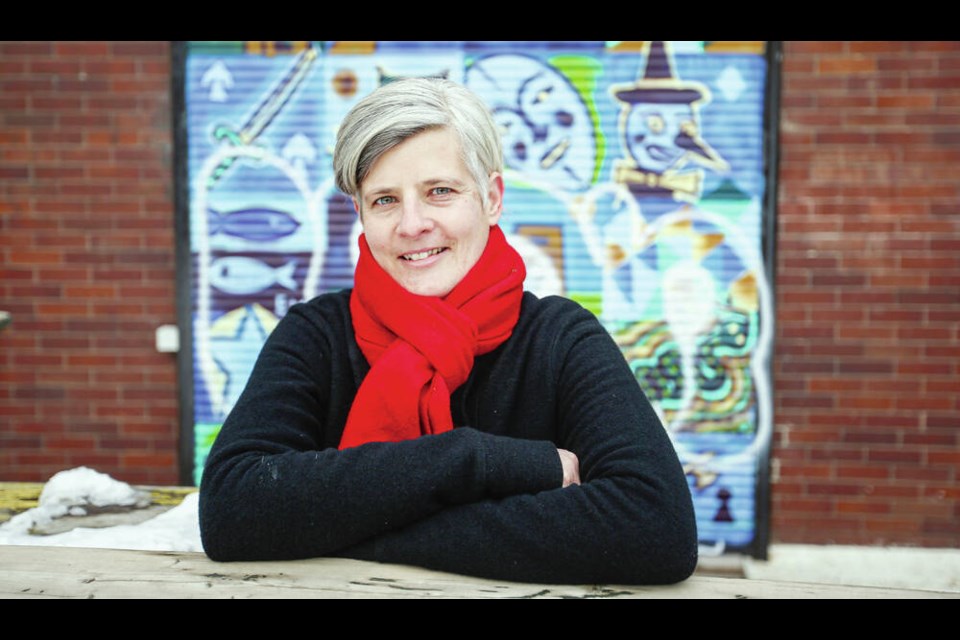The long-promised citizens assembly to consider the amalgamation of Victoria and Saanich has been fully funded and is expected to start meeting after the fall municipal election.
On Wednesday, the province and mayors of Victoria and Saanich noted they have each contributed $250,000 to a process that will explore the possible outcomes, costs, benefits and disadvantages of amalgamation.
Victoria Mayor Lisa Helps said if it weren’t for the pandemic, the process would have been completed by now and the municipalities might have been voting on amalgamation this fall.
Helps said the terms of reference had been set for the project before the pandemic and the two municipalities had both committed funding.
“The recommendation we got from the folks who run these kinds of citizens assemblies is absolutely do not do it digitally, it will not work, you will not get the results you want, you will not get the discussion you want,” she said.
“I feel quite disappointed that we didn’t get to it in this term. … I honestly believe that we had such momentum after we got those terms of reference finished that if the pandemic hadn’t set in, we would’ve had the citizens assembly, we would’ve had the results. We would’ve known what our residents think.”
In a joint statement, Helps, Municipal Affairs Minister Nathan Cullen and Saanich Mayor Fred Haynes said now that large gatherings of people are once again permitted, they are committed to exploring what people think about the possibility of amalgamation.
“We recognize there are strong opinions regarding amalgamation, and we want to ensure people have an opportunity to provide input in an open forum and a subsequent decision is well-informed and evidence-based,” the statement said.
Under the agreed terms of reference, the assembly will consist of 48 people selected by civic lottery. The idea is that it should reflect the population of the two municipalities, with an equal proportion of men and women and proportionate numbers of renters and homeowners, urban and rural residents, and members of First Nations.
The assembly’s recommendations will not be binding on the councils and could include anything from leaving things as they are to full amalgamation, or harmonizing services such as police and fire.
Following the Oct. 15 municipal election, the next step will be hiring someone to run the assembly and then selecting its members.
Helps said she’s expecting a report with recommendations to be presented to both councils within a few months of the assembly’s creation. “Once the citizens assembly is in place, the structure that we’ve set in place is that it’s going to move pretty quickly.”
Helps, who isn’t planning to run again as mayor, would not say whether she supports amalgamation. “I won’t be there [as mayor] anymore, but what I committed to is I would be bound by whatever the residents on the citizens assembly recommended,” she said. “I don’t want to get out ahead of the citizens assembly. I really believe in the process.”
Haynes said he favours establishing the assembly in the spring after the newly elected councils have had time “to get their feet under them.”
He noted it will take time to recruit consultants to run the project, select the assembly members and pull together the kind of technical information and reports an assembly would need to consider all facets of amalgamation.
Haynes hinted that he is leaning toward maintaining the status quo.
“I am very proud of everything Saanich has been doing and I’m quite aware that there are some unique differences between Saanich and Victoria,” he said. “That said, we have a commitment to our residents to not raise political issues before the process is completed.”
In the 2018 municipal elections, Victoria and Saanich residents voted in favour of the municipalities spending up to $250,000 each to establish the citizens assembly.



